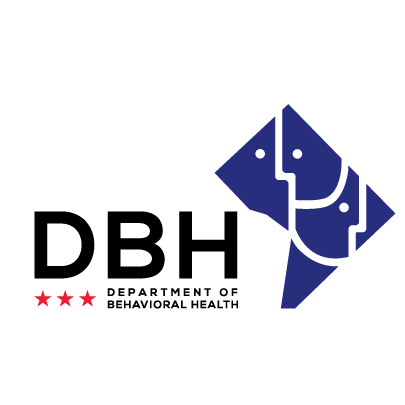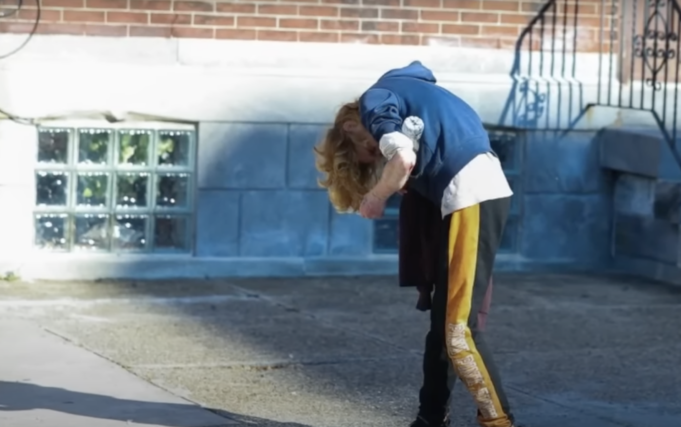Drug dealing is a dangerous business that seems to operate based on lower costs and increased demand. That explains the meteoric rise of the animal tranquilizer Xylazine, which is used to cut dope like fentanyl and heroin. If you thought the fentanyl epidemic was bad, prepare for what drug officials are calling the “third wave” of the epidemic.
Xylazine and fentanyl drug mixtures place users at a higher risk of suffering fatal drug poisoning, reports the Drug Enforcement Administration (DEA). Xylazine is not an opioid, consequently, naloxone (Narcan) does not reverse its effects. However, experts recommend administering naloxone if someone might be suffering drug poisoning.
People who inject drug mixtures containing Xylazine also can develop severe wounds, including necrosis—the rotting of human tissue—that may lead to amputation. Dr. Safiyya Shabazz owns Fountain Medical Associates in Philadelphia, a city that is considered by many to be ground zero for Xylazine use. “There were supply chain issues for dealers to get the drugs they wanted. They had to improvise and discovered Xylazine. People were trying to get high and that’s what the dealers were able to get when their normal drug supplies were interrupted. It may be hard to understand,” Dr. Shabazz told The Final Call.
“People ask, ‘why would somebody drink antifreeze or other things that people poison themselves with because they are trying to get drunk? It seems ridiculous that anybody would do that. But when you have an addiction, you might do it anyway. I don’t think people originally knowingly knew their drugs had Xylazine in it. People trying to make money from selling drugs started adding it to their product without thinking about the negative consequences of people who might be hurt by what they’re doing,” she said.

Xylazine is cheap and this new drug combo is wreaking havoc across the country.
“Xylazine is making the deadliest drug threat our country has ever faced, fentanyl, even deadlier,” said DEA Administrator Ann Milgram in a Public Safety Alert earlier this year. “DEA has seized Xylazine and fentanyl mixtures in 48 of 50 States. The DEA Laboratory System is reporting that in 2022 approximately 23 percent of fentanyl powder and seven percent of fentanyl pills seized by the DEA contained Xylazine.”
In April, Dr. Rahul Gupta, director of the White House Office of National Drug Control Policy (ONDCP), officially designated fentanyl laced with Xylazine as an emerging threat to the United States. Xylazine is approved by the Food and Drug Administration (FDA) for veterinary use but not human use. This designation comes after Xylazine’s growing role in overdose deaths in every region of the country.
“As a physician, I am deeply troubled about the devastating impact of the fentanyl-Xylazine combination, and as President Biden’s drug policy advisor, I am immensely concerned about what this threat means for the nation,” said Dr. Gupta. The Biden Administration used this designation authority for the first time since it passed Congress in 2018.

Known on the streets as “tranq,” “tranq dope,” “crank” and “zombie drug,” it empowers fentanyl with a more devastating impact. Addicts report experiencing a blackout stupor for hours leaving them as prey for rape and robbery. According to a DEA Joint Intelligence Report, “The Growing Threat of Xylazine and its Mixture with Illicit Drugs,” when the stupor leaves the fentanyl high is also gone and addicts immediately crave more. Consequently, the cheap price, $5 a hit compared to $10 for heroin, is creating new addicts. However, little is known about its effects on the human body or how to treat the intense withdrawal symptoms it causes.
The lack of knowledge about this drug is what Ron Armstrong witnesses on a daily basis. He’s a former addict who is now a Harm Reduction Specialist. He works with addicts on “tranq.” He told The Final Call, “This drug is like nothing I’ve ever seen. People black out for a short period and they’re not conscious of what they doing. One day a guy who used to hang around my office was needlessly kicking an old man. I filmed the incident and then intervened. Later I asked him what was going on with him. He said nothing. I showed him the video.”
“He was shocked to see himself. He wasn’t conscious when I filmed him. I’ve come to realize that they black out and are often so incoherent, you have to wait till they totally come down to understand them. One of the really, really sick parts of this drug is the intense craving they have for more when they come down. They want to get right back there.
This drug reminds me of how crack infested the Black community. We didn’t know what it was. I remember Richard Pryor saying ‘It was calling me.’ I understand that statement now. This drug is hard to kick.” According to the DEA, Xylazine was first noted as an additive to drugs in Puerto Rico in the early 2000s.
A decade later it was documented on the island as a drug of abuse, which has continued to the present as a cheap way to cut drugs for a better high. It has kept heroin and fentanyl users hooked because of the intense withdrawal symptoms it causes, which are painful and hard to treat.
Gary Tyler is a substance abuse counselor with the D.C. Department of Behavioral Health. His specialty is substance abuse. He told The Final Call, “Tranq has taken over the heroin market. We’ve had so many overdoses from this drug that started on the West Coast and has now arrived on East Coast where it’s taken root. I’ve worked in substance abuse for almost 17 years; we have a long road ahead of us. This drug is a real challenge.”
“It is also found within the jails and corrections facilities. Xylazine can be chemicalized into a spray that’s put on letters and is hard to detect,” Mr. Tyler said.
Recovery from this addiction is difficult due to the mental, emotional and spiritual needs of addicts. “We have a large amount of mental illness that goes undiagnosed and unaddressed. You have to address the mental illness and the substance abuse at the same time,” Mr. Tyler said. “If we don’t get to the core of people’s problems, and for many it’s an adverse childhood experience, things will continue to get out of hand. It’s exploding. We have to be honest with the facts.”
According to the DEA, tracking U.S. Xylazine-positive overdose deaths is not currently possible. Not all jurisdictions routinely conduct testing for Xylazine in postmortem toxicology. Testing procedures can vary even within the same state. Further, the drug is not currently included with the Centers for Disease Control and Prevention’s (CDC) reporting of national statistics on fatal overdoses.
Consequently, according to the DEA, it is very likely the prevalence of Xylazine is widely underestimated. Despite this limitation, Xylazine intoxication has been identified as a contributing factor to the cause of death in numerous fatal overdoses, usually in combination with fentanyl or other substances, although it has also been noted as the sole cause of death in an unknown number of fatalities.













